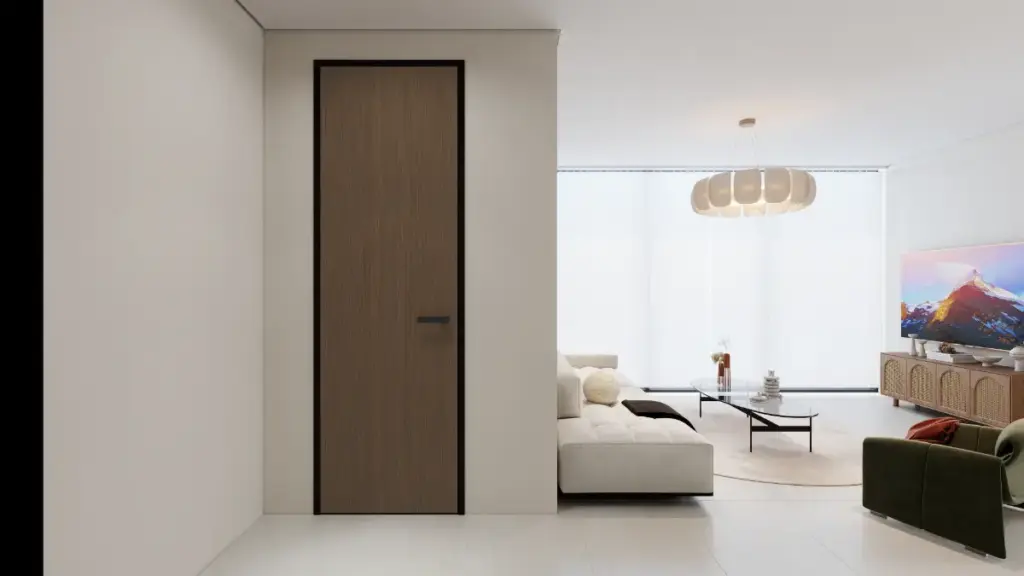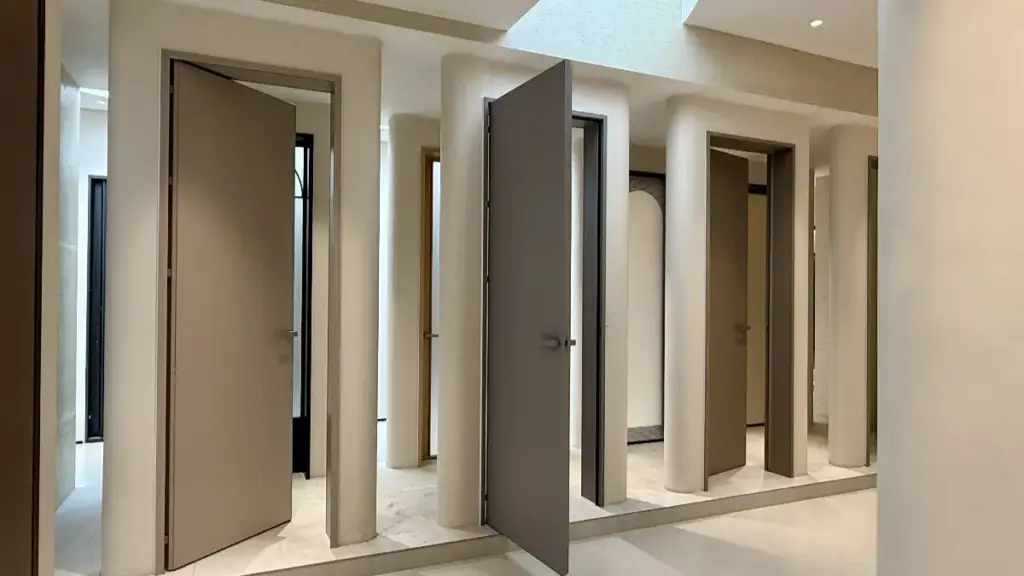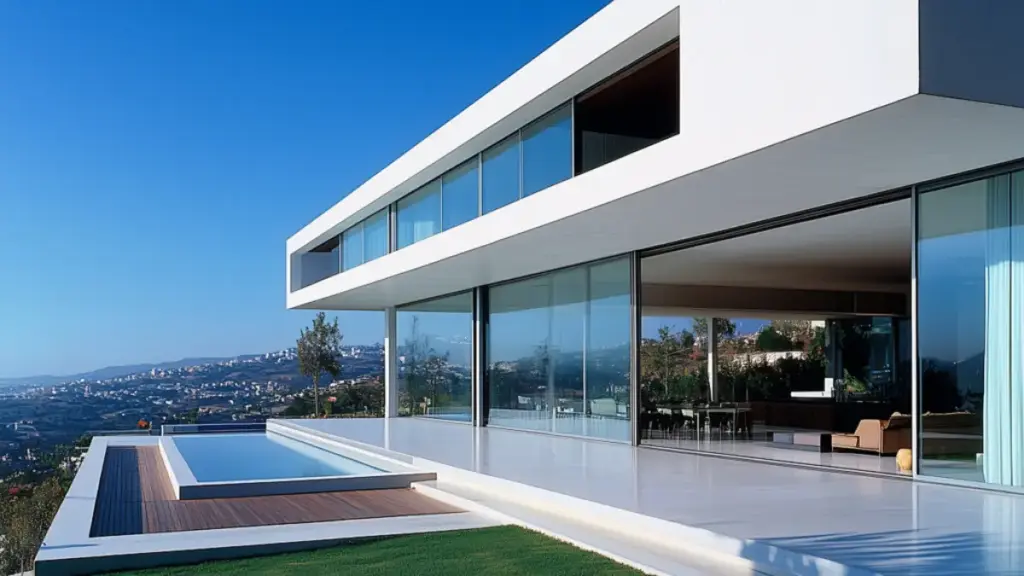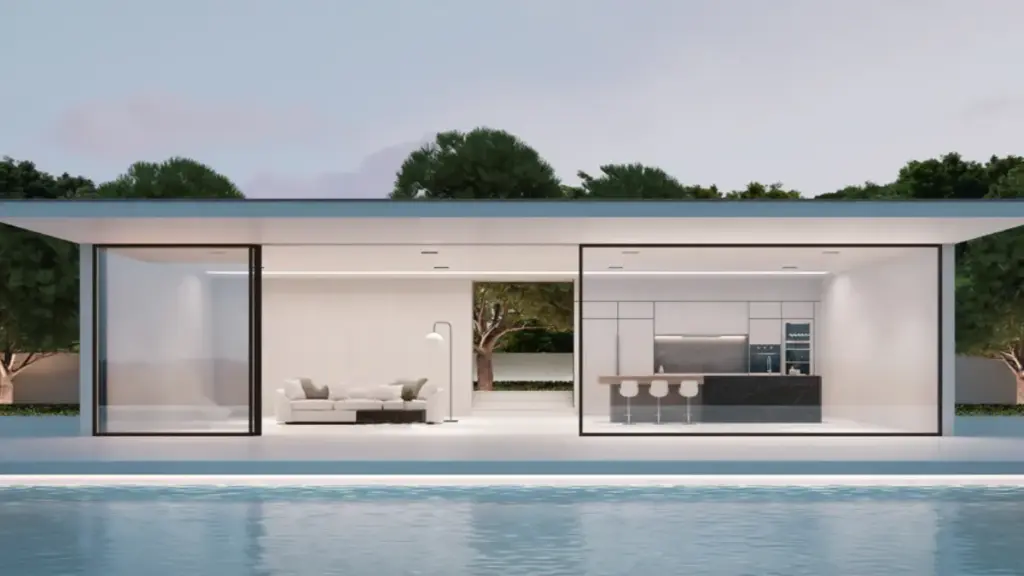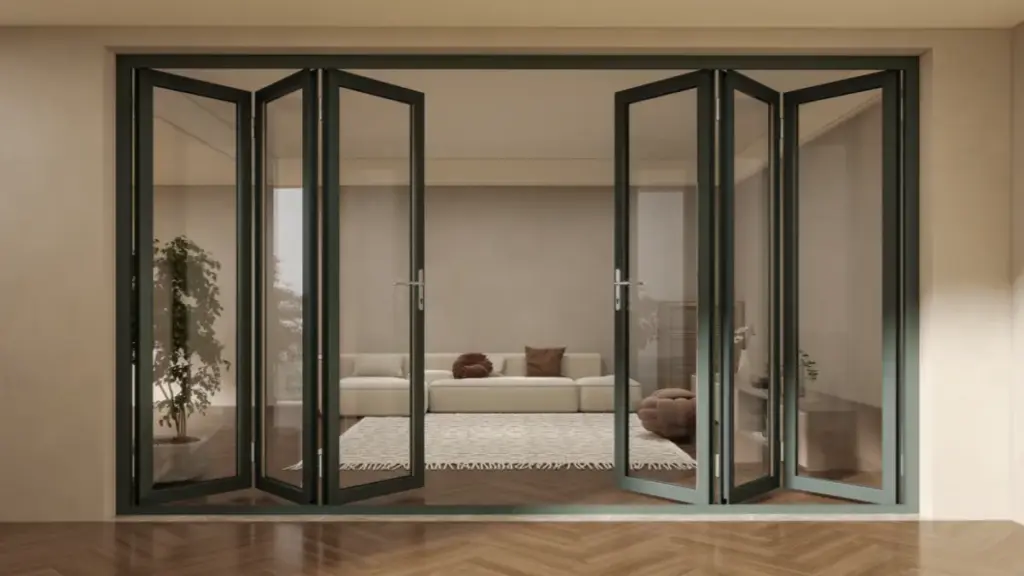Quand il s’agit de choisir les bonnes fenêtres pour votre maison, la décision entre les fenêtres panoramiques et standard peut être difficile. Les deux présentent des avantages distincts et peuvent transformer votre espace de manière unique. Cependant, le choix n'est pas seulement une question d'esthétique; cela implique de prendre en compte des facteurs tels que l’efficacité énergétique, coût, durabilité, et dans quelle mesure la fenêtre s'adapte à votre vision globale du design. Plongeons dans les détails des deux types de fenêtres et explorons laquelle pourrait le mieux répondre à vos besoins..
Que sont les fenêtres panoramiques?
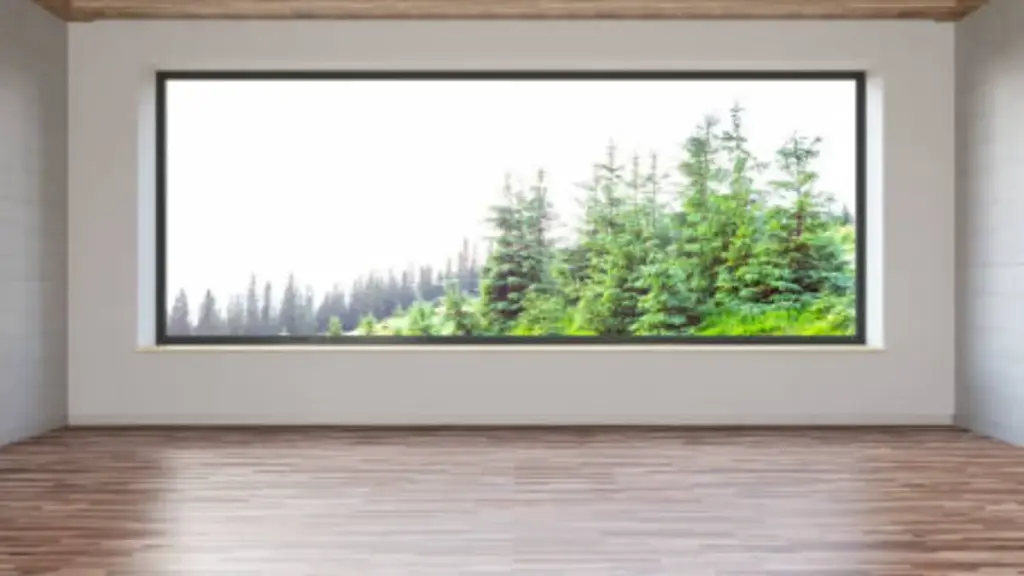
Fenêtres panoramiques sont grands, de vastes fenêtres conçues pour offrir une vue dégagée, vues grand angle sur l'extérieur. Leur caractéristique la plus déterminante est leur taille : ces fenêtres s'étendent généralement sur des murs entiers., offrant une surface de verre sans soudure qui contraste avec la plus petite, panneaux segmentés de fenêtres standards.
Contrairement aux fenêtres classiques, les conceptions panoramiques minimisent le cadrage, permettant une visibilité maximale et une vue ininterrompue sur l’environnement environnant. C'est pourquoi de nombreux propriétaires, promoteurs immobiliers, et les entreprises hôtelières choisissent de investir dans des fenêtres panoramiques.
Que sont les fenêtres standard?
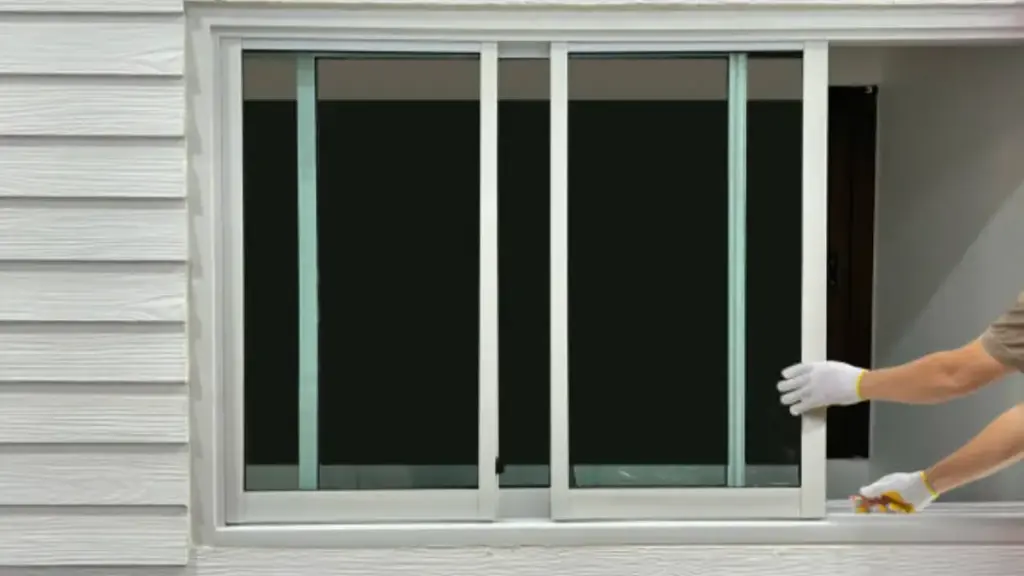
Les fenêtres standard sont le choix traditionnel pour les maisons et les bâtiments, offrant une flexibilité dans la conception et la fonctionnalité. Disponible dans une variété de formes, tailles, et configurations, ils sont généralement encadrés dans des matériaux tels que le bois, vinyle, ou aluminium. Ces fenêtres comportent souvent des panneaux de verre plus petits, séparés par des meneaux ou des grilles, qui peut être personnalisé pour s'adapter à un large éventail de styles architecturaux.
Les types de fenêtres standard les plus courants comprennent:
- Fenêtres à un seul: Une conception traditionnelle avec un châssis mobile qui coulisse verticalement.
- Fenêtres à double halte: Semblable au système à guillotine simple, mais les deux ouvrants peuvent fonctionner, permettant une meilleure ventilation.
- Fenêtres coulissantes: Un mécanisme coulissant d’un côté à l’autre, idéal pour les ouvertures plus larges.
- Windows à battements: Charnière sur le côté et ouverte vers l'extérieur, offrant une vue large et une bonne circulation de l'air.
- Fenêtres fixes: Fenêtres non ouvrantes conçues pour les installations fixes, souvent utilisé à des fins esthétiques ou dans des zones difficiles d'accès.
Design et esthétique
L’attrait esthétique des fenêtres panoramiques est indéniable. Leur conception expansive leur permet d'ouvrir une pièce, le rendant plus grand et plus connecté à l'extérieur. Si tu as un beau paysage, les fenêtres panoramiques vous permettent d'encadrer cette vue comme une œuvre d'art. La conception en verre sans soudure contribue à un look élégant, look moderne particulièrement apprécié dans l'architecture contemporaine et minimaliste.
En revanche, les fenêtres standard offrent une esthétique plus traditionnelle. Même s'ils n'ont peut-être pas la même chose “Ouah” facteur comme fenêtres panoramiques, ils peuvent toujours être incroyablement élégants lorsqu'ils sont choisis pour compléter la conception globale d'une pièce. Par exemple, Windows à battements, avec leurs lignes épurées et leur conception fonctionnelle, fonctionne bien dans les environnements modernes et traditionnels.
Efficacité énergétique et isolation
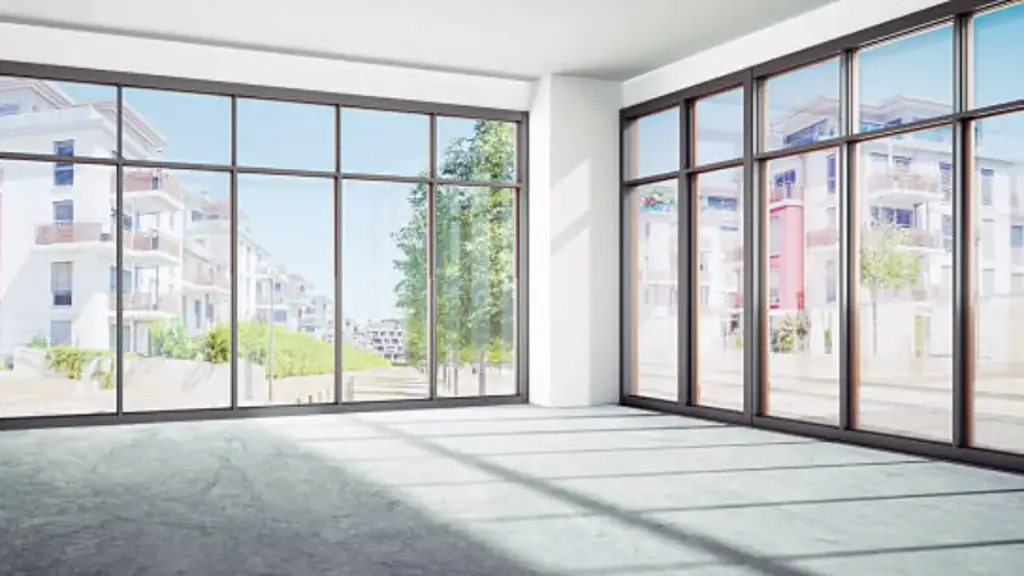
Fenêtres panoramiques, grâce à leurs grandes surfaces vitrées, ont tendance à avoir une efficacité énergétique inférieure à celle des fenêtres standard. Plus la fenêtre est grande, plus il peut perdre de chaleur en hiver et en gagner en été, entraînant une consommation d’énergie plus élevée pour le chauffage et le refroidissement. Dans les climats extrêmes, cela peut être particulièrement problématique. Cependant, des solutions comme la faible émissivité (faible E) revêtements, vitrage isolant, et le verre à double ou triple vitrage peut améliorer considérablement l'efficacité énergétique. Ces caractéristiques réduisent le transfert de chaleur, rendre les fenêtres panoramiques plus adaptées à une utilisation toute l’année, même dans les régions aux conditions climatiques difficiles.
Les fenêtres standard sont généralement plus économes en énergie en raison de leur plus petite taille et de la possibilité d'incorporer plusieurs couches de verre.. Ces fenêtres aident à minimiser les pertes de chaleur en hiver et à réduire les gains de chaleur en été, conduisant à des températures intérieures plus constantes et à des factures d’énergie inférieures. Pour les maisons dans des climats aux conditions météorologiques extrêmes, Choisir des options de verre économes en énergie pour les fenêtres standard peut constituer un moyen très efficace de réduire l'impact des fluctuations de température et d'assurer une meilleure isolation..
Comparaison des coûts
Le coût des fenêtres panoramiques a tendance à être plus élevé que celui des fenêtres standard, principalement en raison de leur plus grande taille et des matériaux spécialisés utilisés. Les fenêtres panoramiques nécessitent également un encadrement plus étendu et, dans certains cas, conception personnalisée fonctionnalités pour garantir une installation correcte. Selon les matériaux, conception, et options de vitrage, les fenêtres panoramiques peuvent coûter entre 20% à 50% plus que des fenêtres standards.
D'autre part, les fenêtres standard sont généralement plus abordables et peuvent être trouvées dans une gamme de prix en fonction des matériaux et de la fonctionnalité. Alors que les matériaux haut de gamme comme le bois sur mesure ou le verre haute performance augmenteront le coût, les fenêtres standard restent une option plus économique pour de nombreux propriétaires.
Si vous travaillez avec un budget serré mais souhaitez tout de même de grandes fenêtres, il existe des alternatives comme les baies vitrées qui offrent une plus grande surface vitrée mais sont généralement plus abordables que les fenêtres panoramiques.
Durabilité et entretien
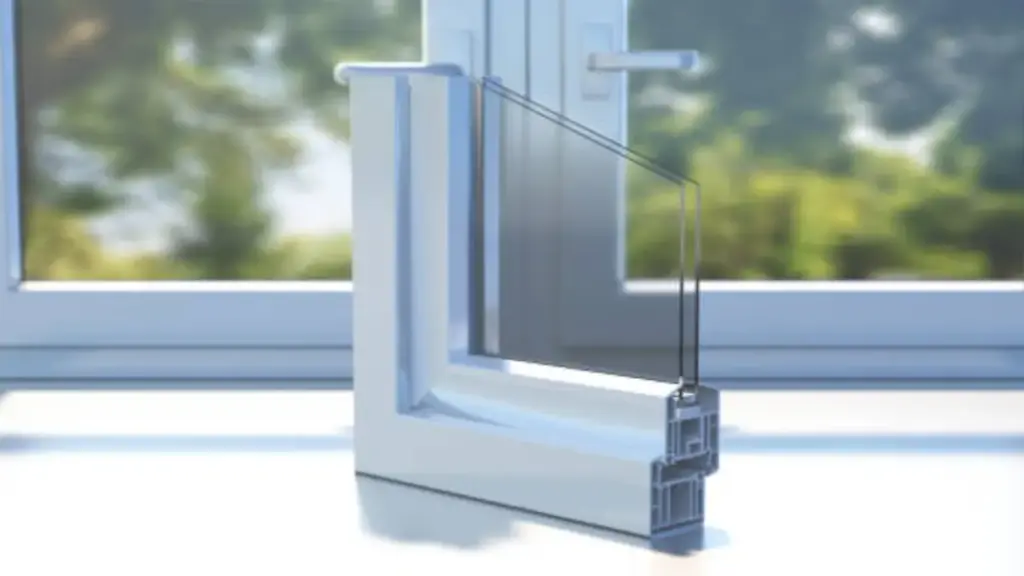
Fenêtres panoramiques, en raison de leur plus grande taille et de leur conception, peut nécessiter plus d'entretien que les fenêtres standard. La vaste surface vitrée peut être plus sujette aux dommages causés par les intempéries., débris, ou des impacts accidentels. Le nettoyage de ces fenêtres peut également prendre plus de temps, car vous devrez vous assurer que les vitres intérieures et extérieures sont impeccables pour une meilleure vue..
Cela dit, la durabilité des fenêtres panoramiques peut être améliorée avec les bons matériaux. Cadres de haute qualité fabriqués à partir de matériaux comme l'aluminium ou la fibre de verre, combiné avec du verre économe en énergie, peut aider à prolonger la durée de vie de ces fenêtres. Cependant, l'entretien global requis est encore généralement plus élevé que pour les fenêtres standard.
Fenêtres standards, selon le type et les matériaux, nécessitent généralement moins d’entretien. Par exemple, les fenêtres en vinyle nécessitent peu d'entretien, résistant aux éléments, et ne nécessitent qu'un nettoyage occasionnel. Fenêtres en bois, tout en étant belle, il peut être nécessaire de repeindre ou de refermer périodiquement pour les protéger des éléments.
La durabilité est un autre facteur clé. Même si les fenêtres panoramiques peuvent être très durables, le risque de fissuration ou de casse est légèrement plus élevé en raison de la taille et du poids du verre. Les fenêtres standard ont tendance à être plus robustes et plus faciles à remplacer si nécessaire.
Quel type de fenêtre convient le mieux à votre maison?
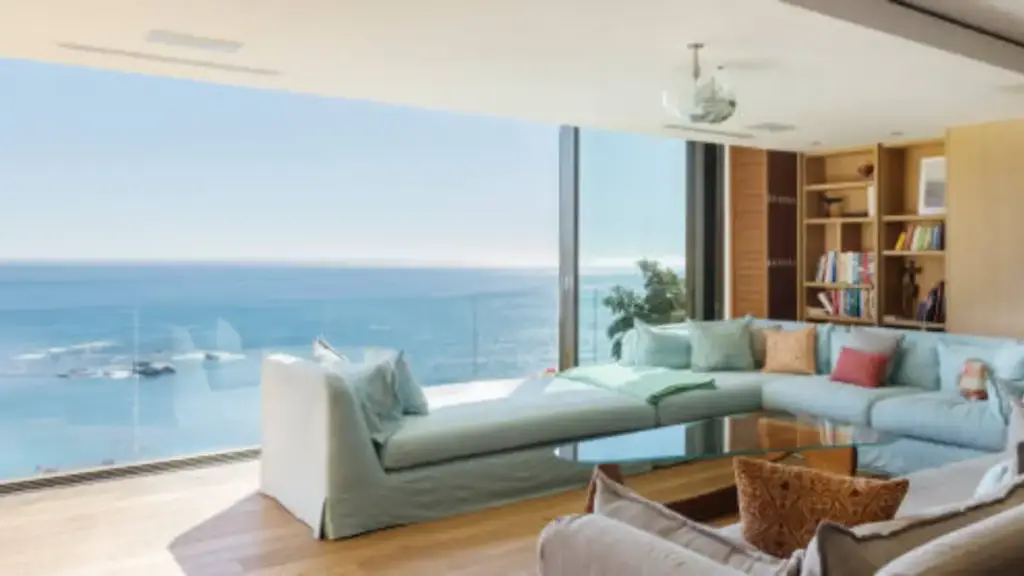
Choisissez les fenêtres panoramiques
- Convient pour ouvert, Espaces modernes: Les fenêtres panoramiques sont idéales pour les conceptions contemporaines et ouvertes. Si vous cherchez à créer un espace spacieux, sensation aérée, ces grandes fenêtres en verre ouvriront la pièce et offriront une vue imprenable sur l'extérieur.
- Idéal pour les salons et les salles à manger: Ces fenêtres sont parfaites pour les zones où vous passez beaucoup de temps, comme les salons ou les salles à manger, où la lumière naturelle et la connexion avec l’extérieur sont des priorités.
- Idéal pour les endroits pittoresques: Si votre maison est située dans un endroit offrant un cadre naturel magnifique, qu'il s'agisse d'une campagne, en bord de mer, ou en montagne, les fenêtres panoramiques vous permettront de profiter pleinement de la vue.
Pour ceux qui penchent vers les options panoramiques, notre guide des fenêtres panoramiques peut vous fournir des conseils d'experts.
Choisissez Windows standard
- Polyvalent pour différents styles de maison: Les fenêtres standard s'adaptent facilement à une variété de styles de maison, du traditionnel au moderne. Ils offrent une flexibilité de conception et peuvent compléter différents éléments architecturaux, comme les extérieurs en brique ou en bois.
- Idéal pour les chambres et les petits espaces: Les fenêtres standard fonctionnent bien dans des espaces comme les chambres, salle de bain, et cuisines où l'intimité est importante. Ils fournissent suffisamment de lumière tout en maintenant un niveau d'isolement confortable.
- Parfait pour les climats extrêmes: Dans les zones aux conditions météorologiques plus difficiles, les fenêtres standard peuvent offrir une meilleure isolation et une meilleure efficacité énergétique par rapport aux grandes fenêtres panoramiques, qui peut être plus sensible aux fluctuations de température.
Comment installer des fenêtres panoramiques ou standard?
Processus d'installation: L'installation de fenêtres panoramiques nécessite des mesures précises et un encadrement personnalisé en raison de leur plus grande taille. Ces fenêtres nécessitent souvent un support structurel supplémentaire et sont généralement installées par étapes, y compris une étanchéité soignée pour éviter les fuites. Fenêtres standards, étant plus petit et plus polyvalent, suivent généralement un processus d'installation plus simple et peuvent être installés dans des cadres préexistants avec moins de modifications.
Conseils d'installation: Pour les deux types de fenêtres, assurer une bonne étanchéité autour des cadres pour améliorer l’efficacité énergétique. Les fenêtres panoramiques peuvent nécessiter une attention particulière lors de la manipulation et de l'alignement du verre en raison de leur taille.. Les fenêtres standards peuvent être installées plus rapidement tout en bénéficiant d'un calfeutrage et d'une isolation de qualité pour éviter les courants d'air..
Conclusion
Le choix entre des fenêtres panoramiques et standard dépend en fin de compte de vos besoins, préférences, et budget. Les fenêtres panoramiques offrent une vue imprenable et une esthétique moderne, mais ils entraînent des coûts et une maintenance plus élevés. Les fenêtres standard sont plus polyvalentes, économe en énergie, et économique, ce qui en fait le choix incontournable pour de nombreux propriétaires. Quelle que soit l'option que vous choisissez, assurez-vous que les fenêtres sont installées par un professionnel et conviennent parfaitement au style et à la fonctionnalité de votre maison.
Si vous recherchez de la haute qualité fenêtres en aluminium pour votre maison, envisagez de contacter un fabricant de confiance comme Opinion pour explorer les meilleures options disponibles pour les fenêtres panoramiques et standard.

